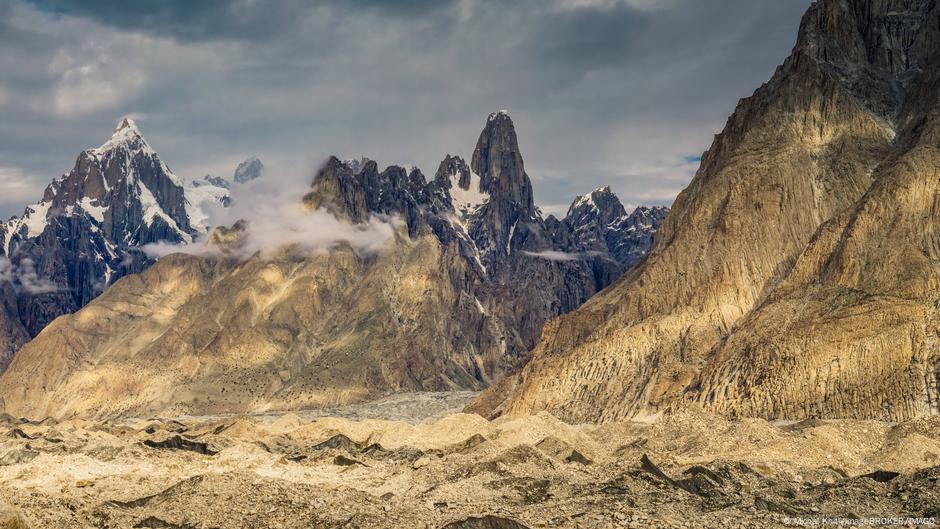Introduction to Climate Change and Mountain Climbing
The recent death of climber Laura Dahlmeier has raised questions about the impact of climate change on mountain climbing. While it is impossible to know for certain whether Dahlmeier would still be alive if it weren’t for climate change, it is clear that rising temperatures are having a significant impact on the mountains. The Laila summit in the Karakoram, where Dahlmeier had her fatal accident, is a challenging mountain that is becoming increasingly treacherous due to climate change.
The Impact of Climate Change on the Mountains
Twenty years ago, the northwestern face of the Laila summit was covered in a thick layer of snow, making it a popular destination for climbers and extreme skiers. However, today the snow has largely melted, leaving behind a thin layer of snow and large areas of bare rock. This change is not unique to the Laila summit, as the entire Karakoram range is experiencing a significant increase in temperature. In July, the temperature in the small town of Chilas, located at the southern edge of the Karakoram, reached a record high of 48.5 degrees Celsius.
Unusual Weather Patterns
This year’s climbing season, which started in July, was marked by unusual weather patterns. The usual precipitation did not occur, and very high temperatures accelerated the melting of the snow. In some areas, it rained instead of snowing, and there was no night frost. Mountain climbers reported unusually warm and dry conditions in the mountains, with some expeditions leaving the Karakoram early due to the dangerous conditions.
The Risk of Rockfall and Avalanches
The melting of snow and ice is causing an increase in rockfall and avalanches, as the natural glue that holds boulders in place is disappearing. This is making it increasingly difficult for climbers to navigate the mountains safely. Some expeditions have already started to change their schedules, with experienced German climber David Göttler suggesting that expeditions will have to get to Pakistan earlier in the future due to climate change.
Changes in Climbing Routes and Schedules
Göttler, who recently climbed the 8,125-meter-high Nanga-Parbat, noted that the mountains are changing quickly, with increasing objective dangers and rockfall. To avoid the risk of rockfall, climbers are having to start their ascents earlier and earlier, and in some cases, are having to climb and rest during the day. This is a significant change from previous years, when climbers could ascend the mountains with more flexibility.
Extreme Weather Events
Climate change is also leading to an increase in extreme weather events, such as strong precipitation and dam collapses in glacier lakes. In the Karakoram, several concrete bridges were washed away over rivers, causing expeditions to take alternative routes. In Nepal, floods destroyed a bridge over a border river to Tibet, resulting in the loss of over 20 lives.
Economic Dependence on Mountain Tourism
The increasing dangers in the mountains are also having an economic impact, as commercial expeditions may decline over time. This would be an economic disaster for regions such as the area around Mount Everest in Nepal or in many small towns and villages in northern Pakistan, where most people depend on mountain tourism for their livelihood.
The Need for Action on Climate Change
The governments of Nepal and Pakistan are sounding the alarm about the dangers of global climate change, calling on industrialized countries to take measures to combat it. The Secretary General of the United Nations, Antonio Guterres, has also highlighted the need for action, noting that Nepal has lost almost a third of its ice in just over 30 years. The melting of glaciers is causing swollen lakes and rivers that are flooding and sweeping entire communities away, and it is essential that something is done to stop this madness.

